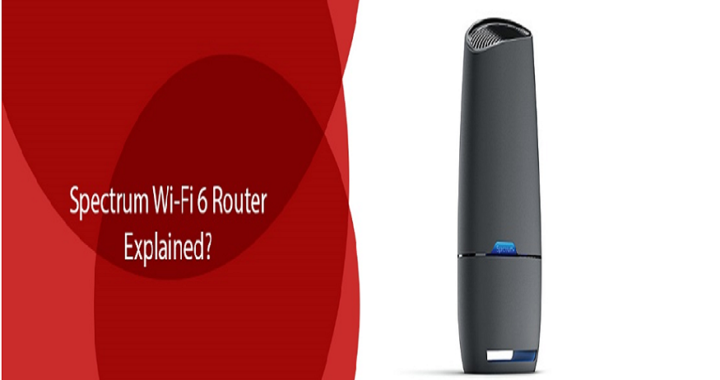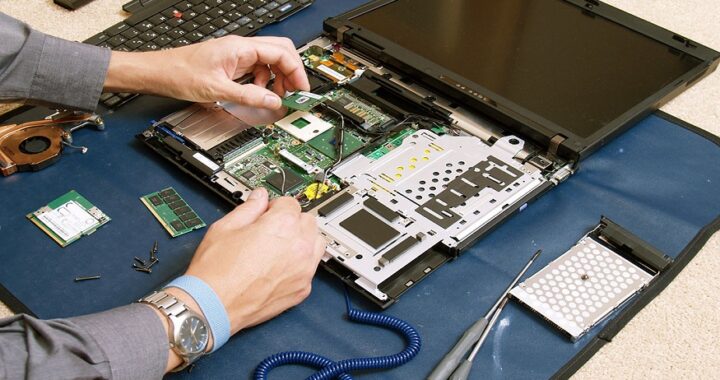Exploring the Modern-Day Trends in Inventory Management

Inventory management is essential for every business in supply chain management. The B2B best inventory management software tracks stock levels and movement of goods while fulfilling orders. Moreover, they look to fulfill customer demands anyhow, which leads to increased wastage and loss. With time, there has been more and more disruption in the supply chain, and companies have failed to guess the exact inventory to buy.
Companies also distribute their products over a variety of channels to fulfill their customer’s demands, so they need to stay on top of the trends in inventory management to gain a competitive advantage and understand the game of inventory. This can reduce waste and cost while fulfilling customer demands. In this article, we will delve deeper into the latest trends in inventory management.
Top Inventory Management Trends
Artificial Intelligence
AI is revolutionizing various industries and warehouses, and the inventory management industry is also leveraging this technology. Traditionally, manufacturers use spreadsheets to store and analyze the data, which are not neatly structured.
However, AI and ML analyze the data, which is taken from product images and videos. ML can process the data and identify defective products, ensuring that customers will get quality products.
Moreover, the inventory data set keeps increasing and changing, which is difficult to analyze. So, new-day B2B best inventory management software integrates with AI methodologies to cater to the growing challenges in the inventory management industry.
Distributed Inventory Management
This trend is being used by businesses due to lesser delivery times. This can reduce transportation costs and help dispatch the right products to customers from the nearest warehouse. Moreover, the B2B order management software is essential for businesses to see where orders are coming from, check the availability of their stock, and find the nearest centers. However, businesses with huge order volumes should opt for the distributed inventory management trend.
Automated Guided Vehicles (AGVs) and Automated Mobile Robots (AMRs)
Customers are demanding faster delivery, and the latest trend of 10-minute delivery is one of them. Businesses require them to work more efficiently to fulfill customers’ demands, and AGVs and AMRs help them achieve this. They help warehouse operators to collect products from decks and pallets. AMR is the latest edition of warehouse management, while AGV has been there for a long time.
AVGs use magnetic strips or wires; this fixes its path. This is not a great fit when a lot of people are moving around. On the other hand, AMRs are among new class robots that do not move on a fixed path and are incorporated with smart sensors. These robots can be paired with human workers.
These vehicles reduce the time taken to move items in the warehouse, increasing efficiency and productivity. This can help warehouse owners fulfill orders faster and in a cost-effective manner.
Cloud-Based Solutions
Getting real-time information about inventory can be a game changer for any business. Cloud-based solutions allow businesses to store their inventory data in a safe and secure manner, which can be accessed from anywhere. This data helps businesses to make data-driven decisions and solve inventory issues.
The B2B best inventory management software requires lower upfront costs and also has faster implementations. There has been an increased demand for cloud technology, as it comes with remote working.
Automation
Automation is very helpful for warehouse owners, as they can perform specific tasks without minimal human intervention. Choosing the B2B best inventory management software allows companies to free up their employees for more valuable projects, ensuring product quality.
Personalization
Personalization helps companies to understand the buying habits of their customers and fulfill the inventory accordingly. This helps companies to provide a seamless shopping experience based on their past behavior. A B2B order management software helps businesses gather data based on customer activity and suggest relevant products according to their preference.
Omni-Channel Inventory Control
Omni-channel inventory control is also one of the best ways for inventory management. For this, the business is required to align the channel so customers can see the ability to walk into a nearby physical location to pick up the items. Online orders take time to reduce the inventory level; however, these trends are immediately subtracted from the inventory.
Moreover, omnichannel inventory control requires conditions among stores, distribution centers, and ecommerce companies to ensure that physical and online discounts and prices are the same. For instance, a customer sees a product’s price of $100 and picks it up from the store. When they roam around, customers find the product’s price at $70. Customers will come for price adjustments, which is not a smooth process.
Wrapping Up!
Inventory management is vital for every business to track their inventory in real-time and identify their accurate inventory level. This helps them to prevent understocking or overstocking. So, there have been various trends going on in the industry to meet the growing demands, such as last-minute delivery. AI, distributed inventory management, AMRs & AGVs, cloud-based solutions, and various trends are helping improve inventory management.

 Importance of F & I Training Solutions
Importance of F & I Training Solutions  Work-from-Home Travel Ventures: The New Frontier in Global Adventures
Work-from-Home Travel Ventures: The New Frontier in Global Adventures  How to Deal with General Challenges in the Hotel Industry?
How to Deal with General Challenges in the Hotel Industry?  Using Option Chain Data for Risk Management
Using Option Chain Data for Risk Management  Spectrum Wi-Fi 6 Router Explained
Spectrum Wi-Fi 6 Router Explained  Why is it necessary to hire a professional laptop repair service for easy troubleshooting?
Why is it necessary to hire a professional laptop repair service for easy troubleshooting?  How a Healthy Living App Fits Modern Life
How a Healthy Living App Fits Modern Life  Reasons To Improve Call Connect Rate
Reasons To Improve Call Connect Rate  Motor Coach Service for Corporate Retreats: A Smart and Comfortable Choice
Motor Coach Service for Corporate Retreats: A Smart and Comfortable Choice